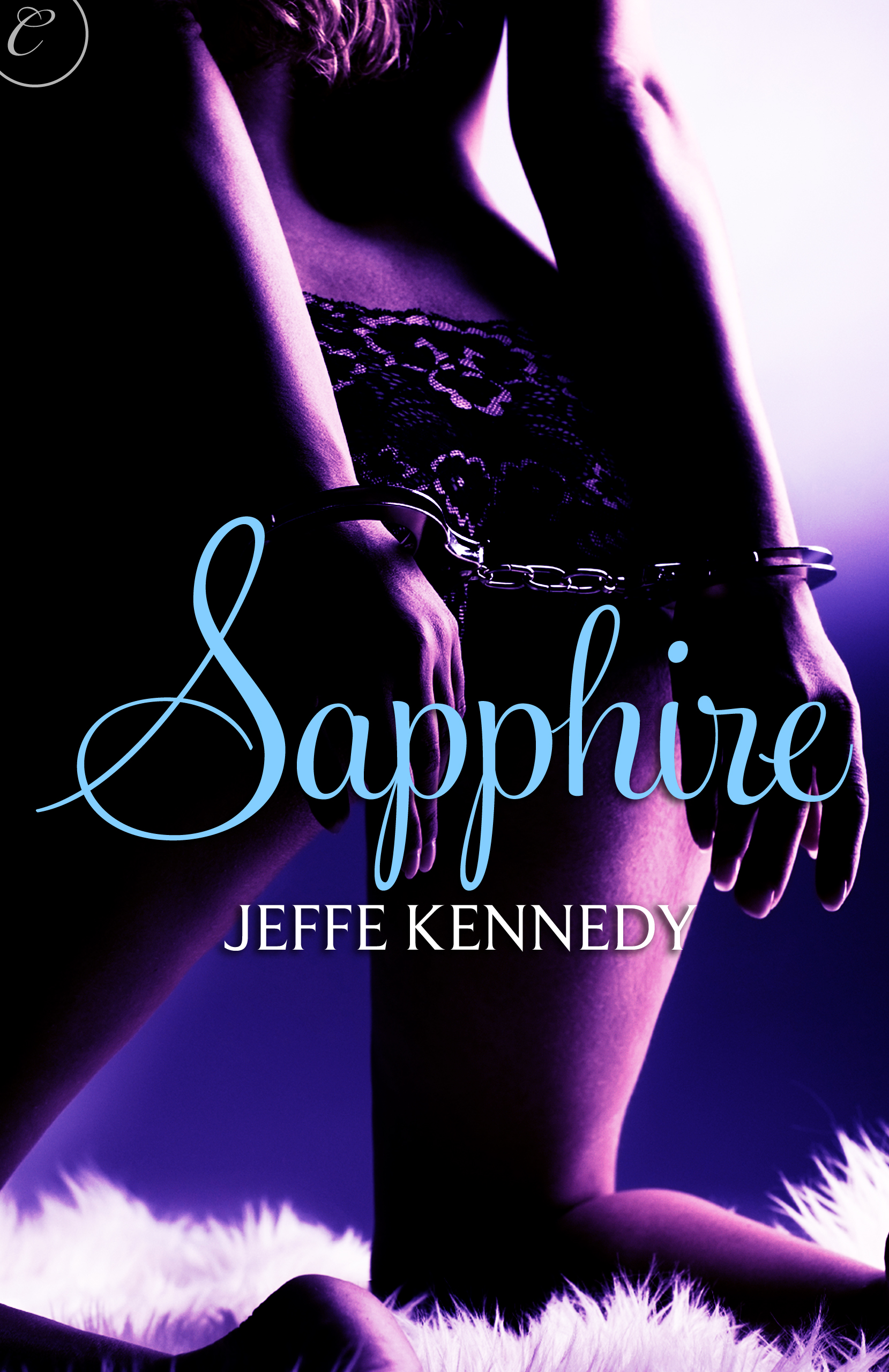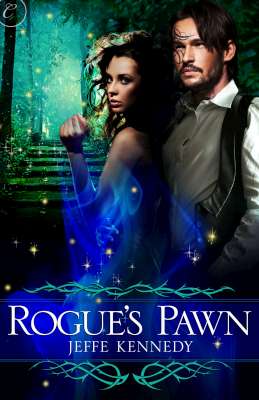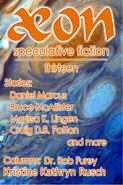April 11-15, 2012
Chicago, IL
Enchanted Words Conference
November 12, 2011
Albuquerque, NM
Sponsored by Land of Enchantment Romance Writers
For more information, visit: http://leranm.com/.
Guest Visit at VampChix Blog
I’m over at the VampChix blog here on August 25th.
I travel a lot and love to meet with people and talk to groups. Check out my schedule.
I’ll be in the following cities on the dates below. If you’d like to have me come speak to your group, send me a message here.
9/20-28 Baltimore, MD/Washington DC area
10/17-20 Minneapolis, MN
10/24-27 San Juan, Puerto Rico
11/12-15 Window Rock, Arizona – Navajo Nation Reservation
Really Published
 I find this really amusing – my Kindle is now dog-eared.
I find this really amusing – my Kindle is now dog-eared.
I don’t mind a bit. It seems right to me that my Kindle should look like my paper books – well-used and a bit tattered from being carted about hither and yon. I’ve had it for coming up on three years now and I still love it.
Last night we did drinks and dinner with another couple to celebrate David’s birthday and the gal was asking me about my experiences with e-publishing. She wanted to know if I *could* get paper copies of my books. I told her it varies with my contracts, but I vaguely recall that the Carina contract promises me some bound paper copies for promotional purposes, but I’d have to look at it again to be sure. And, if the book sells well or seems likely to do well in print, they have the right to do that. Which is why they call it “digital-first” publishing.
“But if you ever decided to have these books published, you could, right?” she asked.
“They are published,” I tell her.
“Right. But if you wanted to have them really published, so you could hand a copy to your mother or something – could you do that?”
I didn’t mention that my lovely mother has a Kindle of her own.
It will be interesting to see how long this notion of “really published” lasts. She seemed to think I’d be longing for the validation of a print book. And, to be fair, I know plenty of authors – especially ones looking to get their first book published – who really want that. They make what I think are dubious decisions between publishing houses, because they want print books, too.
This is not something I care about.
I have a print book. (Wyoming Trucks, True Love and the Weather Channel) It’s very pretty; it has many stars on Amazon. Book resellers will nearly pay you to take it. I’ve sold in the neighborhood of twice as many copies of Petals and Thorns, which apparently doesn’t really exist, as they ever printed of Wyoming Trucks.
If that sounds like I’m bitter, I’m really not. It’s all well and good to have a hardbound university press book and have people say lovely things to you about it. But having people actually read what I write is far more rewarding.
It doesn’t get any more real than that.
Who is Jennifer Paris?
I was doing the “Jeffe Kennedy writing as Jennifer Paris” thing, but Angela James, the executive editor at Carina Press, said no, no, no. Since I really don’t want to “flesh out” Jennifer Paris and tweet or blog as her (she was only a cardboard cut-out anyway), I decided to retire her. However, I have one book “Petals and Thorns” that is by Jennifer Paris.

Sapphire

Rogue’s Pawn

Aeon Thirteen
Birth and Death
This has become a dual anniversary for us, because it was two years ago today that we arrived in Santa Fe, in a pouring rain storm, to start house-hunting here. Amazing to us that it’s already two years. And now just one more until he’s done with school.
We always say it, but time flies on by.
The days rush past, with all our little ups and downs, until something reminds us that this isn’t a given. On Tuesday, one of my college friends died. I’ve long had his blog on my blogroll there on the sidebar. The title is now ironic: I’m Not Dead Yet. He’d been battling pancreatic cancer with courage, humor and determination for several years. He hoped to beat the truly terrible odds of this devastating cancer, and did for quite a long time. Eventually his body gave out. He turned 45 in March; I’ll turn 45 next month. I’m still here and he isn’t.
Life – and death – are strange that way.
A few days ago, the young woman my cousin is engaged to posted to Facebook that her grandfather has cancer and we should pray for him because cancer is caused by sin. She’s a Southern Lutheran and he’s now a Lutheran minister. I wanted to comment that my cat died of cancer and I’m pretty sure she wasn’t sinful, but I refrained. There’s no arguing with that kind of belief system.
I think we’d all like to know why. Why one person gets pancreatic cancer young and another does not. Why some live to be very old and others don’t live to see their children grow up.
The one thing I do know is, I’m glad to be alive. I’m happy to be celebrating another year with my friend, partner and lover. I hope never to take this for granted.
Happy birthday, my dear!